Published Mar 31, 2020
10 Must Read Classics to Snag After You Finish Picard
Can't get enough of Star Trek: Picard? Check out these reads inspired by the first season
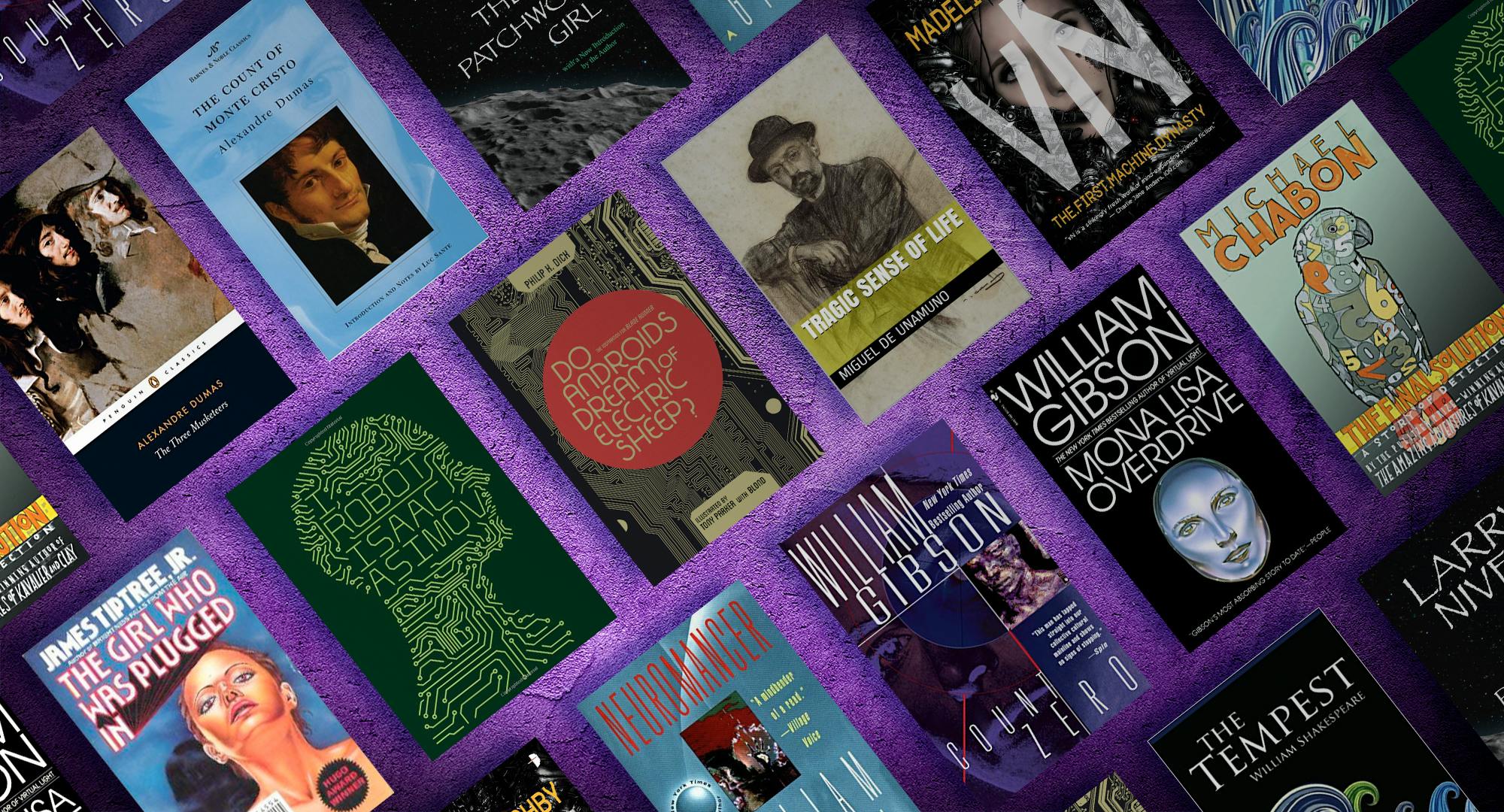
StarTrek.com
From the earliest references to Shakespeare in The Original Series, to Michael Burnham and Spock quoting Alice In Wonderland in Discovery, great books have a long history of quietly fueling the adventures of the starships and space stations occupying the final frontier we all adore so much. And now, at the conclusion of Star Trek: Picard’s first season, it’s the perfect time to raid the bookshelves of Captain Rios, Jean-Luc Picard, and Agnes Jurati.
Ethan Peck Reads Too Many Tribbles
From titles referenced in Picard outright, to other great books we think have strong connective tissue to the series, here are a smattering of fantastic reads to make your next Star Trek: Picard re-watch even more satisfying.
Spoilers ahead for Star Trek: Picard, season one.
The Three Musketeers and The Count of Monte Cristo, by Alexandre Dumas
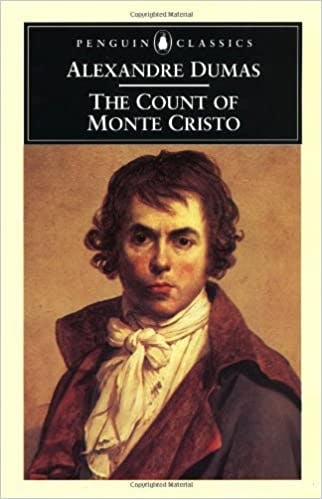
Penguin Group
In episode four, “Absolute Candor,” Jean-Luc reads the classic swashbuckling novel by Alexandre Dumas to young Elnor. This was a brilliant choice for many reasons. For one thing, the book references Picard’s French heritage, and longtime love of classic literature. But, perhaps more deeply, the Musketeers themselves are reflective of the mission of the Fenris Rangers, and the rag-tag way in which the crew of the La Sirena comes together.
But if you want to go even deeper into the oeuvre of Dumas, hitting up The Count of Monte Cristo works, too. Because the novel deals with well-crafted, long-term secret identities, there are several parallels between the titular Count and all the various Romulan characters, particularly, Commodore Oh. And, it turns out, in a moment of art imitating life, The Count of Monte Cristo is the favorite book of Elnor himself, actor Evan Evagora.
The Girl Who Was Plugged In, by Alice Sheldon (James Tiptree Jr.)
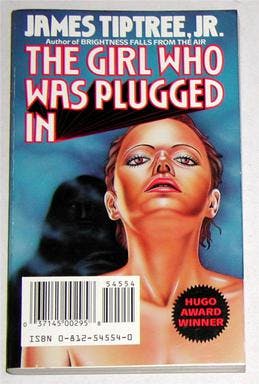
Doubleday
Though not actually discussed or referenced in Picard, this proto-cyberpunk novel by Alice Shedlon (who wrote under the male pseudonym James Tiptree) deals with the consequences of what happens when one person literally becomes someone else after getting a new synthetic body. Again, there’s not a direct parallel to specific plots in Picard, but readers will probably find some reflections of Soji’s struggles in these pages. Above all, if you’ve never read Alice Sheldon — one of the most revolutionary science fiction writers of all time — this book is a great introduction to her work.
I, Robot or The Complete Robot, by Isaac Asimov
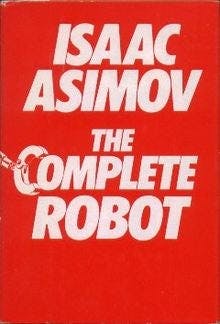
Doubleday
In episode two of Picard, “Maps and Legends,” we see Dr. Jurati holding a red hardcover book called The Complete Robot by Isaac Asimov. This book is a 1982 omnibus which collects every Asimov robot story up until that point. That exact book itself isn’t in print, (pricey on Ebay, too!) but all the stories and novels contained within it, are. Perhaps most relevantly, the famous book I, Robot is a series of interconnected stories about various robots dealing with “the laws of robotics.” In The Next Generation, Trek creator Gene Roddenberry — who was close friends with Asimov — based much of Data’s programming on the robots found in Asimov’s writing. In fact, the concept of a “positronic brain” is taken directly from these stories.
Somewhat appropriately, the final story of I, Robot,“The Evitable Conflict,” tackles what might happen if robots started running the world.
Do Androids Dream of Electric Sheep?, by Philip K. Dick
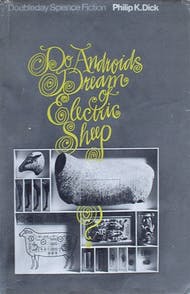
Doubleday
Although nobody uses the word “Replicant” in Star Trek: Picard, the influence of Philip K. Dick’s famous book is evident. If you’ve ever seen Blade Runner, then you’re familiar with what a world looks like in which androids are illegal. In some ways, Dahj and Soji are very similar to the androids of Dick’s book, insofar as their memories are transplanted. However, unlike the famous film, Do Androids Dream of Electric Sheep? posits a future world filled with synthetic lifeforms, including animals. There’s also an unsettling subplot that involves futuristic religious fanaticism, echoing the single-mindedness of the Zhat Vash in Picard.
If you’re not up for re-reading the novel, rewatching the famous movie that it became, Blade Runner, makes a lot of sense. After all, Picard has seen things you people wouldn’t believe...
Tragic Sense of Life, by Miguel de Unamuno
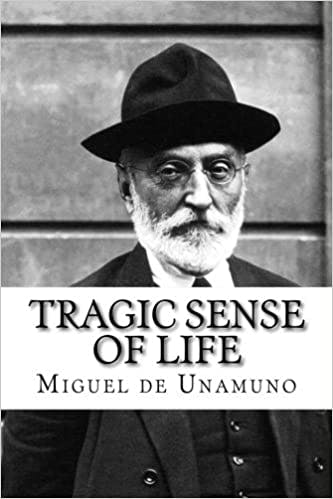
Dover Books
The favorite book of Captain Rios, it turns out that reading Tragic Sense of Life is actually way more fun than you might expect. Yes, as Rios explains to Jurati, the book is a philosophical meditation on how mortality — and the knowledge of death — defines humanity. But, Miguel de Unamuno isn’t a morbid writer. In fact, early in the book he attacks morbidity head-on and effectively dispels the idea that discussions of death have to be super-depressing. He also compares philosophers with poets, calling them “twin brothers.” The idea of various copies of a person collectively reflecting a larger whole is apparent throughout Star Trek: Picard. Plus, back in the TNG episode, “Skin of Evil,” Tasha Yar said Jean-Luc Picard himself had “the heart of an explorer and the soul of a poet.” Reading Tragic Sense of Life will remind you why this is still true.
vN (The Machine Dynasty series), by Madeline Ashby
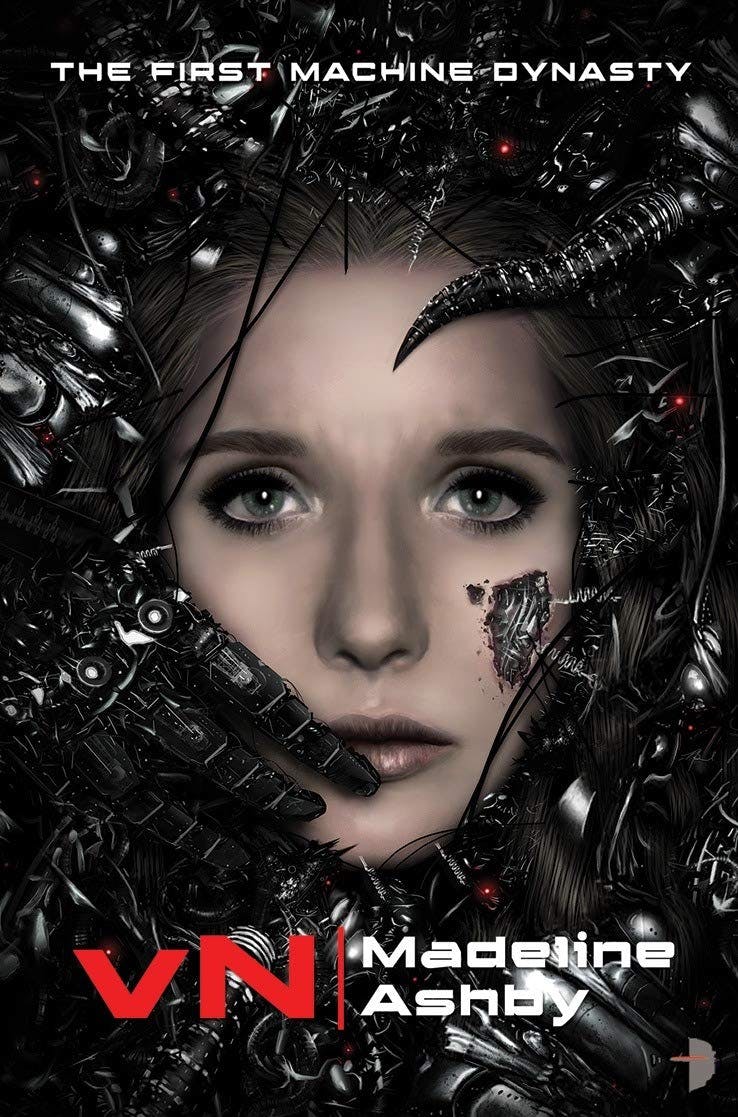
Angry Robot
One of the most contemporary books on this list, Madeline Ashby’s "MachineDynasty" series of novels could be read as what might have happened had Sutra and the Synths remained a little more aggressive. Set in a future in which replicating humanoid synthetics co-exist with some organics, the basic subject matter of Ashby’s novels – specifically the book vN — feel urgently connected to Picard. Plus, because so much A.I. literature has been written by men, Ashby’s books bring an urgently fresh, 21st Century feminist perspective to both cyberpunk and “robot” lit.
If you’re looking for books that remind you of the journeys of Soji or Seven, but are a little more hardcore, vN is pretty much a modern sci-fi classic.
The “Know Space” Books, by Larry Niven
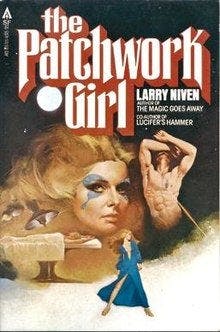
Ace Books
In “Nepenthe,” Riker told Jean-Luc that they’d been having some local trouble with the Kzinti. This references some cat-like aliens from The Animated Series episode “The Slaver Weapon.” But, the deeper origin of the Kzinti is actually from Larry Niven’s sprawling series of short stories and novels, collectively called the “Known Space” universe. Niven, who was the writer of 1973’s “The Slaver Weapon,” apparently granted Picard showrunner Michael Chabon permission to drop a reference to the Kzinti in the series. (If you’re not following Chabon's Instagram, you should. He mentions all of this stuff in his episodic talkbacks on the ‘gram.)
But, the Kzinti reference is possibly a little deeper. Many of Niven’s books mention an ancient alien intelligence that predated history itself. Obviously, the “Admonition” in Picard similarly references advanced, ancient beings, too. So, which Larry Niven books will give you the best taste of all of these themes?
There are a lot of Niven books set in his “Known Space” continuity, but two places to start are the novels The Patchwork Girl and The World of Ptavvs. If short stories are more your thing, you can’t go wrong with Tales of Known Space and Neutron Star. In fact, in Neutron Star, you’ll find a short story called “The Soft Weapon,” which Niven later adapted in “The Slaver Weapon” for Star Trek: The Animated Series.
Neuromancer, Count Zero, and Mona Lisa Overdrive, by William Gibson
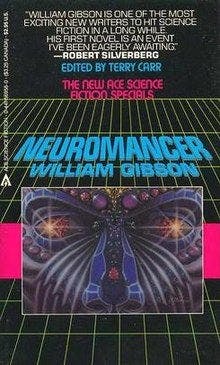
Ace Books
Throughout all 10 episodes of season one, the aesthetic of Star Trek: Picard — both visually and philosophically — is perhaps the most full-on cyberpunk of all the Trek series. If you’ve never read one of the most famous (and possible creator) of cyberpunk, the excellent William Gibson, there’s plenty about his “Sprawl Trilogy” of novels that will remind you of Picard. From the noirish “Night City” to the avenging pseudo-cyborg Molly Millions, the gritty world of these three Gibson novels — Neuromancer, Count Zero, and Mona Lisa Overdrive — will feel like alternate versions of what you saw in the edgier episodes of Picard.
Basically, if you wanted an entire series about Seven defending the xBs, or wished to explore the back alleys of Stardust City a little longer, these William Gibson classics are the next best thing.
The Tempest, by William Shakespeare
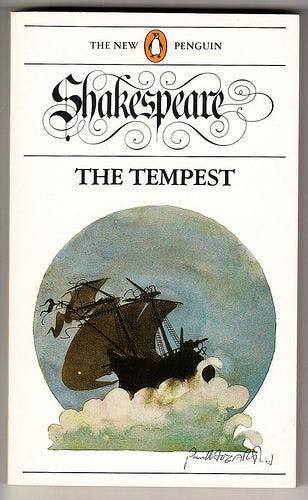
Penguin Books
As Picard deactivates Data’s consciousness for the last time, he quotes the magician Prospero from Shakespeare’s The Tempest:
“We are such stuff
As dreams are made on; and our little life
Is rounded with a sleep.”
On some levels, you could argue that the character of Prospero echoes both Bruce Maddox and Altan Soong in Star Trek: Picard; self-exiled hermits who take care of a powerful young daughter, Miranda. In fact, one painting of Miranda, by John William Waterhouse, bears a striking resemblance to Data’s painting “Daughter” in the first episode of Picard, ”Remembrance.”
But, The Tempest has even deeper connections to Star Trek. The 1956 film Forbidden Planet borrows aspects of the plot of The Tempest, but the overall tone of the movie was a very clear inspiration for Star Trek: The Original Series.
The Final Solution: A Story of Detection, by Michael Chabon
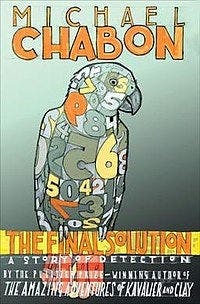
HarperCollins
There’s a lot of reasons to read the books of Picard showrunner Michael Chabon. But, perhaps the one most appropriate for Star Trek: Picard is his 2004 novel, The Final Solution. In it, a retired detective (who is very clearly an aging Sherlock Holmes) is drawn into a huge mystery after living in seclusion as a beekeeper. Just has Picard had his vineyard in “Remembrance,” Chabon had Holmes tending his apiary in The Final Solution.
The stories are not the same, and of course, Holmes is not exactly like Picard, even if they both can be pretty withholding with their feelings. And yet, because both stories deal with a beloved hero coming out of retirement, the connections are delightfully apparent. Plus, most Sherlock Holmes fans are, almost always, Star Trek fans, meaning this connection is...elementary.
Catch Up on These Episodes Before Star Trek: Picard
Ryan Britt's (he/him) essays and journalism have appeared in Tor.com, Inverse, Den of Geek!, SyFy Wire, and elsewhere. He is the author of the 2015 essay collection Luke Skywalker Can't Read. He lives in Portland, Maine, with his wife and daughter.
Star Trek: Picard streams on Paramount+ in the United States, in Canada on Bell Media’s CTV Sci-Fi Channel and OTT service Crave, and on Amazon Prime Video in more than 200 countries and territories.

